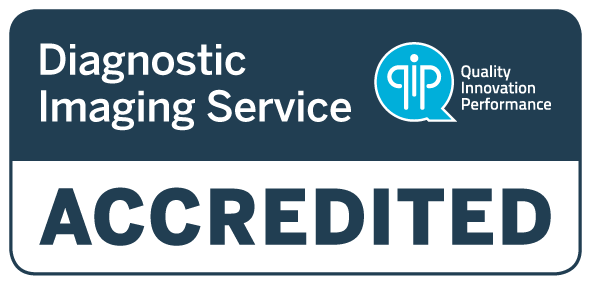A Holter Monitor is a small device – no larger than a mobile phone - which records every heartbeat over a 24 hour period enabling doctors to detect irregular heart rhythms. A Holter Monitor helps evaluate the type and amount of irregular heartbeats during usual physical activities, exercise and sleep.
A Doctor might request a 24-Hour Holter Monitor when:
- You suffer palpitations (the sensation of your heart beating excessively or abnormally)
- To determine if your heart goes "too fast" or "too slow"
- To investigate dizziness, light-headedness or blackouts
- To test the effects of some cardiac medications or if you have a known cardiac condition.
Heart Conditions Diagnosed with Holter Monitoring can include:
- Abnormal Heart Rhythms (Arrhythmias)
- Atrial Fibrillation
- Tachycardia (fast heartbeat)
- Bradycardia (slow heartbeat)
- Heart block
It is often hard to pick up an unusual heart rhythm within a single consultation. By covering a longer period, the Holter Monitor is more likely to record any unusual heart rhythm. Holter Monitor's have a button to press to mark an episode of dizziness, breathlessness, chest pain or when your heart is beating abnormally. On review of the results, your Doctor can then pay particular attention to these heart rhythms to determine what happened at that particular time.
What should I expect for the Holter Monitor test?
Electrodes (small conducting patches) are stuck onto your chest and attached to a small recording monitor. You carry the Holter Monitor in a pocket or small pouch worn around your neck or waist. The monitor is battery operated and cannot get wet over the monitoring period, therefore patients are not to shower during the test.
While you wear the monitor, it records your heart's electrical activity. You should keep a diary of what activities you do while wearing the monitor.
The Holter Monitor is painless and patients should continue with normal activities while wearing the monitor.




